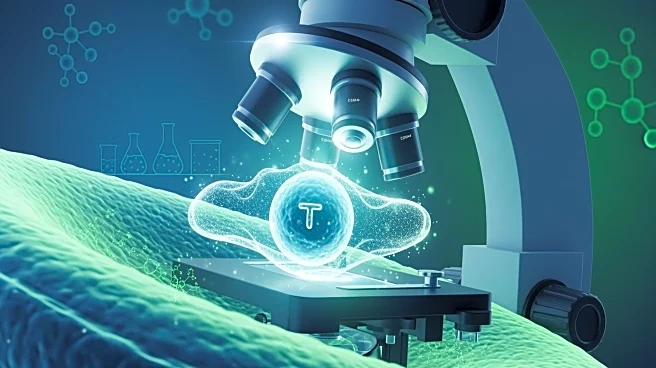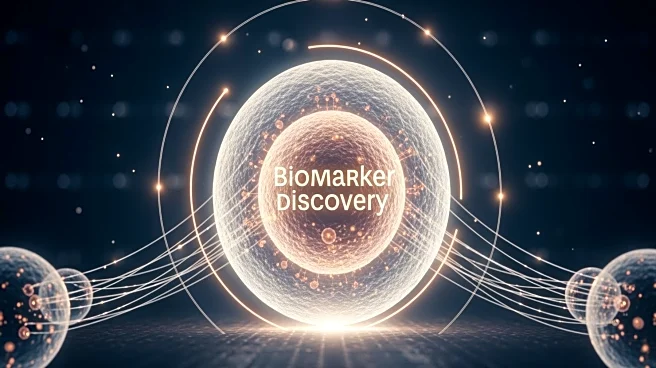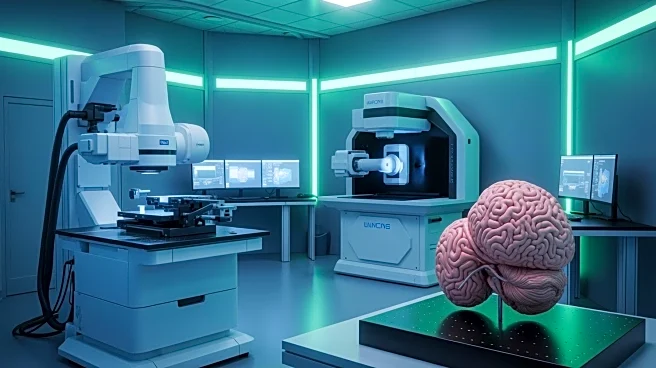What's Happening?
Researchers at Rice University have developed a groundbreaking real-time epigenetic sensor that tracks post-translational modification (PTM) dynamics in living cells and animals. This innovative system,
detailed in a study published in Nature Communications, allows for the biosynthesis and genetic encoding of acetyllysine, a 21st amino acid, using genetic code expansion technology. The engineered cells can be transplanted into living organisms, providing a direct view of PTM dynamics, which are crucial in processes like epigenetic regulation, DNA damage response, and metabolism. The method is applicable in bacteria, human cells, and live tumor models, offering new insights into complex diseases such as cancer and neurological disorders.
Why It's Important?
The development of this sensor is significant as it provides a non-disruptive method to observe the intricate choreography of proteins within living cells. By enabling real-time monitoring of PTM dynamics, the technology opens new avenues for understanding disease mechanisms and drug actions. This could revolutionize the treatment of diseases rooted in protein regulation, such as cancer, by transforming invisible molecular signals into visible biological narratives. The ability to target PTM-regulating enzymes like histone acetyltransferases and deacetylases could lead to more effective therapies for a variety of diseases.
What's Next?
The researchers plan to expand the application of this method to other types of PTMs and human-derived organoid systems, which could enhance the platform's relevance for personalized medicine. The technology also holds potential for large-scale drug screening, targeting PTM-regulating enzymes, and tracking disease or treatment in real time. These advancements could significantly impact the field of personalized medicine by providing deeper insights into cellular recognition and disease mechanisms.
Beyond the Headlines
This development highlights the ethical and scientific implications of using genetically engineered cells in living organisms. The ability to visualize protein regulation in real time could lead to breakthroughs in understanding complex biological processes and developing targeted therapies. However, it also raises questions about the long-term effects and safety of such technologies in clinical settings.











